Machine Talk Blog
This is where “what if?” becomes “what is”. Where engineers come to solve their problems and expand their vision. Read articles on the go about friction welding technologies for your industry and other trending friction welding topics.
Narrow your search by topic or industry — or browse it all for inspiration.
Select topic
Most Popular Posts
MTI Services
Reducing Risk in Manufacturing Operations
Don’t let down-time keep you from meeting customer demand! MTI explains how you can reduce risk, with friction welding production support.
MTI Services,
How Friction Welding Benefits Your Industry
What to Look for in an Aerospace Partner
When it comes to joining Aerospace components, there's several factors you should consider. Our Aerospace partners like GE, Pratt & Whitney, Rolls-Royce, Boeing, and Honeywell trust the quality of MTI's welded parts.
Get the information you need, before you need it — free and straight to your inbox from industry experts.
 MTI UK
MTI UK  FWT
FWT